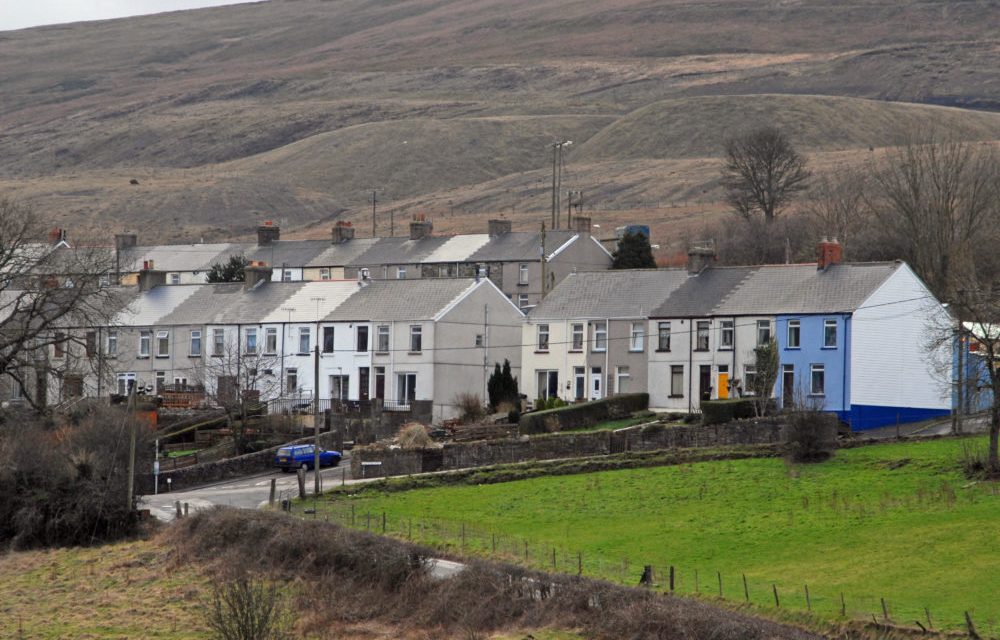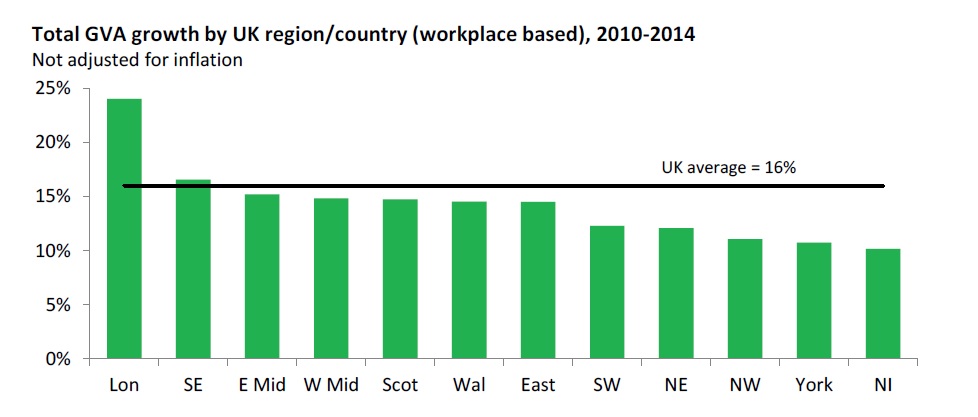 Economy
Economy 
Victoria Winckler peeps over the border to the debate about London’s housing crisis and asks if the solution lies in Wales.
As well as the elections to the National Assembly for Wales on 5th May there are also elections to the London Assembly. There, according to a lot of media coverage, the hot issue is housing – or rather the lack of it. With the average house costing more than £0.5 million and reportedly rising by £500 a day, thousands of people on ordinary salaries – teachers, nurses as well as office staff and shop workers – do not have a hope of buying their own home.
The answer, according to the Mayoral candidates from across the political spectrum, is to increase the supply of housing. They all have slightly different ideas about how to do this (ranging from using the council tax precept originally levied to fund the Olympics to fund new council housing to controlling off-plan sales overseas) but it is increasing the quantity and quality of housing that dominates the prospective Mayors’ thinking.
But the housing shortage is only a symptom of a bigger issue
The London housing crisis is a symptom of London’s exponential economic growth while Wales and most of the rest of the UK stagnates. Whatever period you chose, London’s growth beats that of the rest of the UK, but it is looking at the long-term that makes the disparity really stand out.
Between 2010 and 2014, London’s GVA increased by 24%, outpacing all other parts of the UK by some distance. Also performing at just above the UK average was the south east of England. In comparison, all other parts of the UK achieved below-average growth – the only question is how far below average. Wales’ growth over the same period was 14.5%, by no means the worst in the UK.
 Source: House of Commons Library Briefing Paper Number 05795, 15 March 2016
Source: House of Commons Library Briefing Paper Number 05795, 15 March 2016
It is London’s economic success that drives its housing shortage, as around 100,000 people a year arrive in the city to take up jobs. The pressure coming from the sheer number of people drawn to London by its booming economy is evident not only in housing – there is a shortage of school places for the capital’s children, underground stations are regularly closed because of overcrowding, and events are cancelled because of the crush of people, to name but a few.
The contrast with Wales could not be more stark.
Wales’ population grew by around 10,000 between 2013 and 2014, a growth rate of just 0.31%. Average house prices are a fraction of those in London – you could buy 10 properties in Merthyr Tydfil for the cost of one average property in London. And far from there being a shortage of school places, local authorities are battling with eliminating around 100,000 surplus places.
London’s housing crisis and Wales’ economic problems are in fact two sides of the same coin – massively unequal development within the UK.
In the past, this kind of inequality between parts of the UK was recognised to be immensely wasteful of resources, and to try to even out growth within the UK there was something called regional policy. Through a mix of carrot and stick, the UK government would try to encourage economic growth in the ‘regions’ and constrain it in London and the south-east. All this has gone out of fashion, although the issue is as pressing as ever. In some ways the Northern Powerhouse and possibly City Deals are a 21st century approach to regional policy, but they fall far short of the kind of comprehensive approach that there needs to be.
The solution to London’s housing crisis lies less in building Zac Goldsmith’s promised 50,000 homes a year or Sadiq Khan’s 80,000 new homes a year, and more in an effective regional policy / regional powerhouse or whatever you want to call it, that supports economic growth in Wales, the north-east of England and all other parts outside the M25, and that damps down the London boom.
Without this UK-wide perspective, Londoners will continue to be offered a former public toilet for £1 million for the same price as ten terraced houses in Merthyr.
Victoria Winckler is Director of the Bevan Foundation


